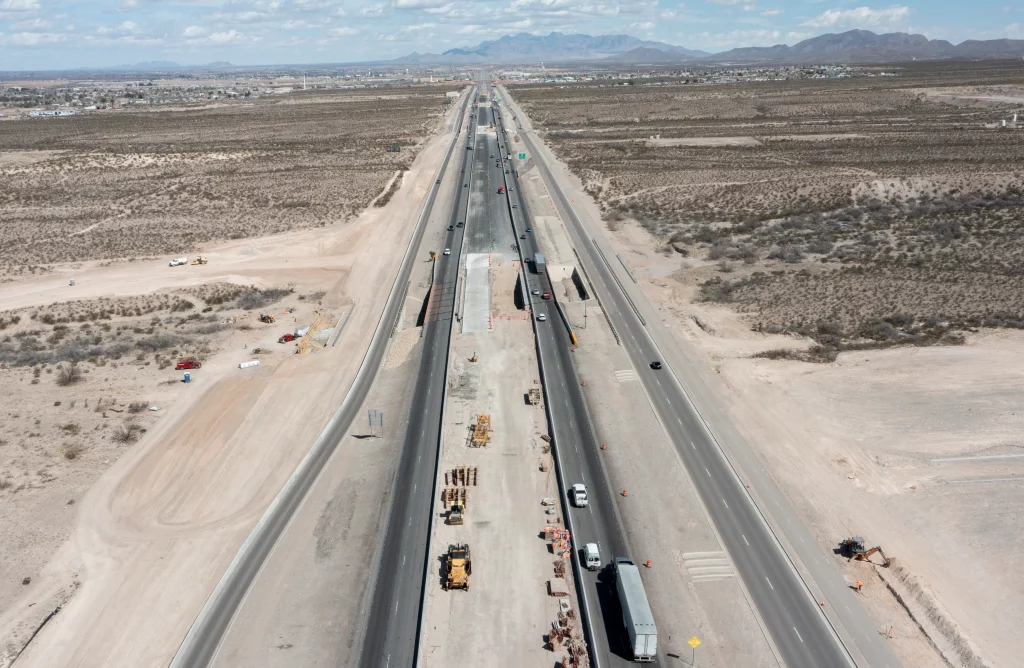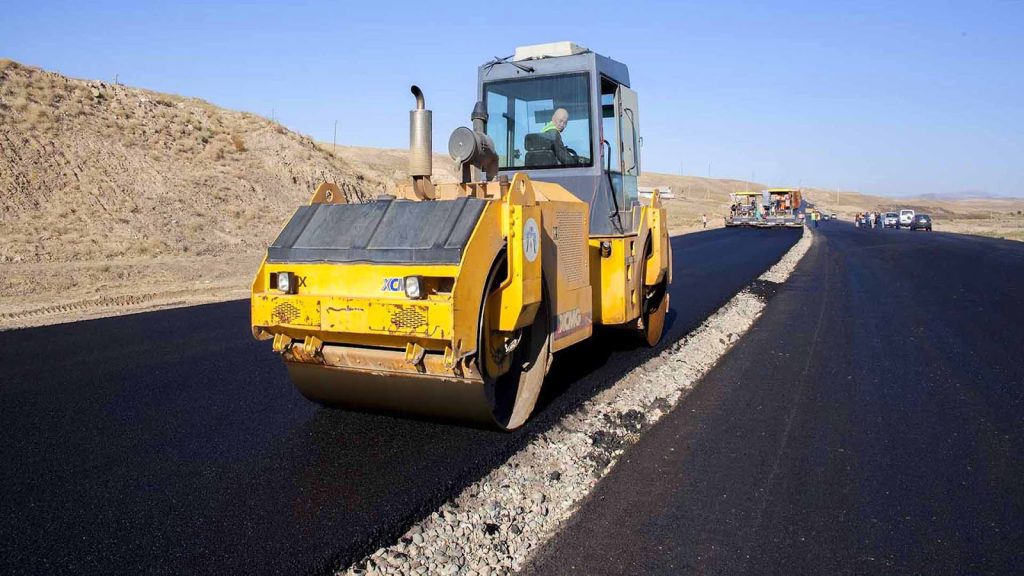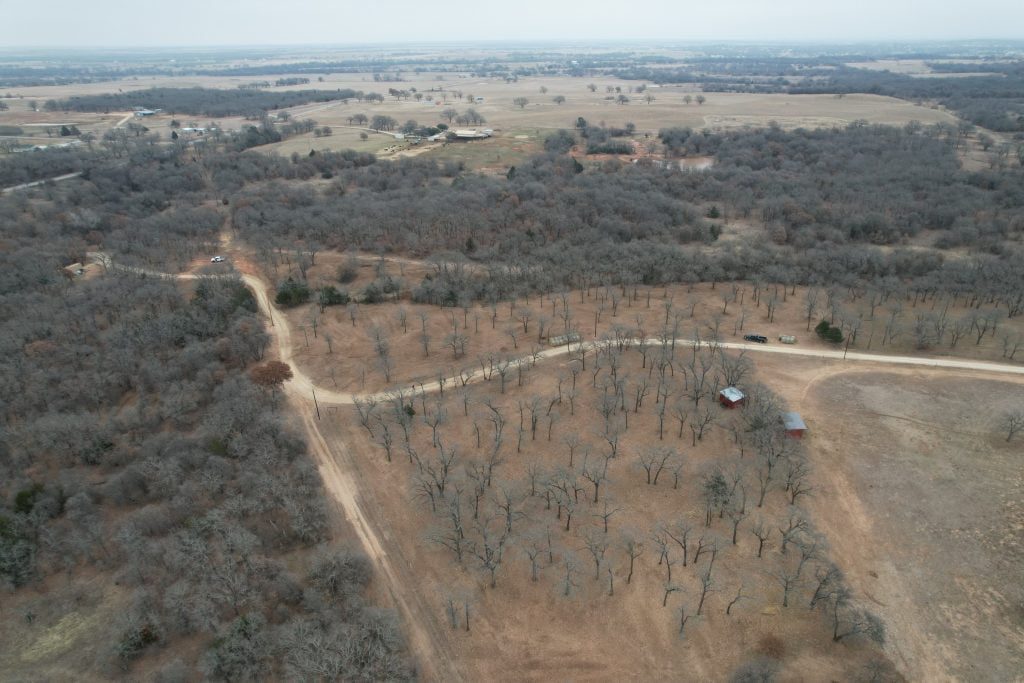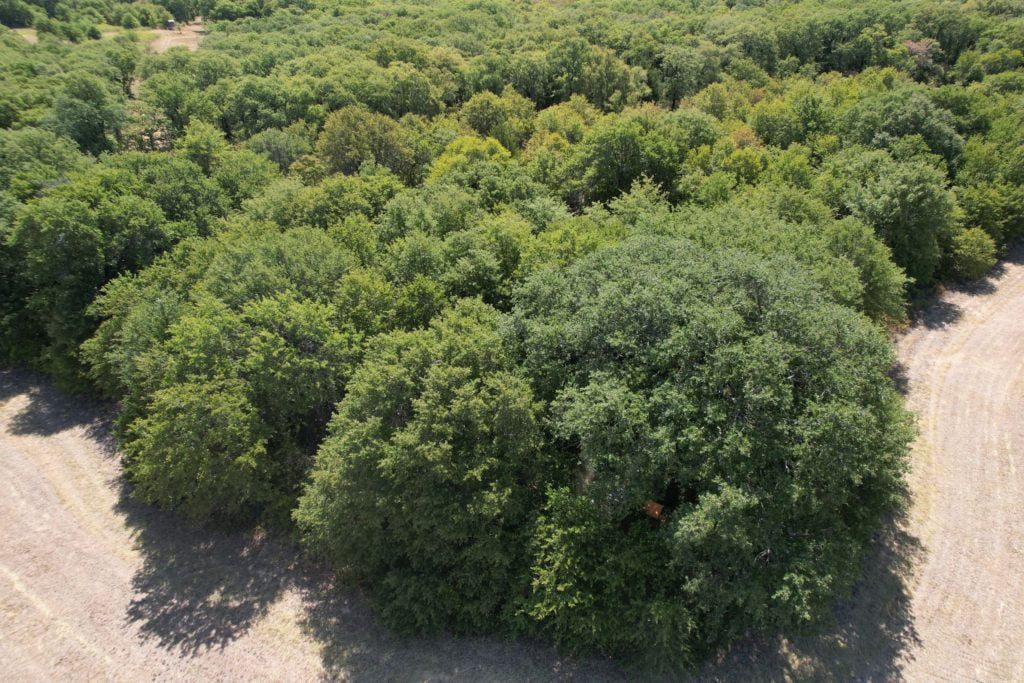Stewart Ranch Services
Bowie, Texas
Fort Worth Road Building
DESIGN YOUR DREAM
PROPERTY
LAND
ACREAGE
DEVELOPMENT SITE
POND
Fort Worth Road Building: The Process and Equipment Necessary for Construction in Texas
Over the ages, road construction has undergone significant evolution, progressing from primitive mud and brick surfaces to the utilization of sophisticated machinery. This journey has been instrumental in connecting communities throughout time. In this exploration, we delve into the techniques employed in Fort Worth road building today, examining the essential equipment components crucial for the success of projects in locations such as Fort Worth, Texas. Materials like stone or mud bricks play a pivotal role, emphasizing the importance of sustainability aspects integrated into these ventures.
Key Takeaways
Table of Contents
The Evolution of Fort Worth Road Building

The journey of road construction unfolds as a crucial chapter in human history, shaping the course of societal progress. From rudimentary building materials to the advanced technology of today, there have been notable advancements in the techniques of road construction.
Urban streets and rural byways have become essential for commerce, leading to the adoption of fresh strategies and resources to cope with the increasing demand for convenience. This analysis traverses through the historical epochs, from ancient marketplace avenues to the present landscape of road building in Fort Worth, TX.
Ancient Roads
Throughout history, roads have been the lifelines connecting diverse regions, evolving continuously.
In Mesopotamia, early roads utilized mud bricks with bitumen, featuring raised centers for improved drainage and a smoother journey. The advent of World War II prompted innovations in road construction, streamlining connectivity between urban areas, ranches, and farms through swift transport systems.
This catalyzed a transformative phase for rural roads nationwide, emphasizing not just construction but also the maintenance of highways and associated features like farm roads and ranch paths. The incorporation of proper drainage system designs became a pivotal consideration during this evolutionary process.
Modern Road Construction
The landscape of road building in Fort Worth, TX has undergone a substantial improvement, driven by the integration of advanced components and machinery. Contemporary construction techniques incorporate a diverse array of materials, from soil stabilizers and asphalt to concrete and dry lean concrete. This shift not only leads to cost-effective road maintenance but also enhances the overall durability of the roads.
Asphalt, a crucial component, is composed of 95% aggregate and 5% binder. Similarly, concrete, frequently employed by the Texas Department of Transportation for highways and major asphalt roads, is a blend of water, sand, cement, and aggregates. The decision on the material depends on various factors, including the intended purpose of the roadway, traffic volume, and geographical conditions.
Recent developments have ushered in a new era of swift progress in road construction, utilizing advanced machinery like excavators, compact track loaders, and dump trucks. These technological advancements contribute to heightened precision and efficiency in the construction process.
In addition to excavators and dump trucks, wheel loaders, working in tandem with dump trucks, are commonly used. Furthermore, sophisticated paving equipment plays a crucial role in constructing farm/ranch roads and urban pathways. It is noteworthy that, while Texas has specific requirements with a focus on cost considerations, various regional elements are taken into account.
Fort Worth Road Building - Essential Steps

The intricacies of road construction necessitate a careful and systematic approach, considering various essential phases to achieve success. From initial design to execution, covering land clearing, earthworks, paving, and quality control, each step is pivotal for the security and stability of the constructed roads.
Going into more detail, meticulous planning precedes any project, incorporating comprehensive land-clearing activities such as trench digging, tree removal, and soil grading. Planning also involves a detailed cost analysis, scheduling considerations, and logistics management, ensuring the availability of necessary equipment, skilled labor, and reliable subcontractors. Additional measures involve the application of durable asphalt coverings, ensuring longevity with vigilant oversight from stringent quality assurance measures.
In Fort Worth, Texas, and its neighboring areas, Stewart Ranch Services provides a complimentary quote, marking the initial step toward the successful completion of your construction project.
Planning and Design
The process of road building in Fort Worth, Texas begins with a meticulous planning phase, which is an indispensable component for ensuring the success of the project. This stage involves the thorough examination of critical elements such as existing and projected traffic patterns, comprehensive cost-analysis data, design blueprints, and financial prerequisites. Notably, the engagement of civil engineers and city planners is imperative to initiate a comprehensive planning process before transferring the project responsibilities to the designated construction company.
In the domain of road engineering projects, specific considerations come into play, including the establishment of speed limits based on the expected types of vehicles using the roads. Additionally, the process encompasses angle grading, meticulous assessments of potential view obstructions, and the determination of necessary braking distances. These considerations collectively strive to uphold safety standards customized to the local community’s needs, ensuring an optimal driving experience while prioritizing the comfort of drivers.
Land Clearing and Site Preparation
Road building in Fort Worth, TX demands a meticulous approach to land clearing and site preparation. This critical phase involves the removal of vegetation, trees, and various materials from the land before construction can commence. Grading and excavation play vital roles in creating a level ground surface, crucial for proper drainage and to prevent issues like potholes in completed roads on farms or ranches.
The importance of land clearing extends to various construction projects, including buildings and roads. Tasks encompass adding or removing rock, dirt, trees, soil, trenching, ground excavation, embankment construction, and filling placement.
Leveraging advanced equipment such as farm machinery, mini-excavators, and compact track loaders accelerates the land-clearing process and ensures precision in height measurements during grading stages. This precision is crucial for shaping road locations efficiently.
Moreover, installing culverts is imperative to address potential flooding and safeguard against disruptions to productivity. These measures contribute to establishing high-quality access routes, seamlessly connecting markets to local farmers’ lands.
The incorporation of advanced tools forms the foundation of an effective system for laying the groundwork in rural areas, enabling safe car travel without encountering disruptions caused by rainwater pools or insufficient underlying structures.
The application of paint on pavement and road markings
At the crux of highway safety and efficiency is the meticulous application of pavement markings that clearly outline directions and lanes.
Tips for pavement and road marking:
Road marking regulations:
Adhering to the distinct road marking regulations of each country is crucial for those involved in extensive road marking projects. The ability to paint a variety of lines and symbols in line with these standards is paramount. Utilizing a multi-gun, multi-color setup, particularly a striper with automatic gun control, facilitates the creation of precise broken lines.
Curb Marking:
Navigating the challenges of curb marking is a common issue in pavement marking projects. The 90° angle of curbs requires a specialized gun configuration for effective spraying, overcoming this frequent obstacle.
Reflective road marking:
Reflective road marking introduces an additional layer of complexity, calling for a special material with glass microspheres. The application of these microspheres necessitates specific equipment, such as the Graco Linelazer HP reflective series, equipped with a pressurized bead reservoir. This advanced system features an adjustable nozzle for precise control over the width of the microsphere dispersion, ensuring heightened accuracy.
Fort Worth Road Building - Farm to Market and Ranch Roads

Farm roads are unique in their purpose, connecting rural areas to urban centers while permitting the transportation of people and goods through these pathways. Creating such a road is no easy feat. There must be measures taken to guarantee its safety as well as durability during construction.
The process begins with assessing the terrain for suitable route design, securing permits from appropriate authorities followed by land clearing and soil preparation before building can begin.
During this stage grading takes place along with paving using asphalt or concrete depending on project needs plus fitting drainage systems complete switchbacks and walls where required for hilly locations too. Every step is vital towards creating safe functional routes that meet local demands when it comes to agricultural purposes including ranches etc.
Finally, ongoing maintenance inspection ensures good condition preservation alongside signage and installation (like gutter curbs) whose main job is water control designed to help prevent flooding, especially at times of heavy traffic.
Fort Worth Road Building - Sustainable Practices

Road building in Fort Worth, Texas comes with environmental considerations, necessitating a commitment to sustainable practices to alleviate potential impacts. It is imperative to select materials with a reduced environmental footprint that can decompose in an eco-friendly manner during production.
Embracing recycled asphalt and concrete over new materials, along with the design of durable products for prolonged lifespan, proves advantageous. Not only does this decrease material consumption, but it also results in significant reductions in maintenance costs. The integration of these practices into ongoing road construction processes lays the foundation for the creation of more environmentally responsible alternatives in the future.
Case Study: Successful Road Construction Project in Texas

El Paso’s I-10 reconstruction and widening initiative serves as a notable example of effectively managing the complexities of road construction, drawing parallels to projects in Fort Worth and San Antonio.
The project’s success hinged on comprehensive preparation in terms of budgeting and adherence to stringent timelines. A pivotal factor was the involvement of experienced personnel committed to ongoing training and strict adherence to safety protocols. The incorporation of cutting-edge machinery played an equally vital role, ensuring precision and expediting overall completion.
This case study underscores the importance of employing advanced techniques in roadwork, showcasing positive outcomes resulting from deliberate planning, skilled labor, and the use of state-of-the-art equipment within the specific context of highway construction in Texas.
Summary
Road construction has evolved remarkably from the use of mud bricks and stone in ancient civilizations to today’s advanced materials and machinery. Success in any project depends on meticulous planning and comprehensive site preparation.
In Fort Worth, road building has become increasingly crucial in our interconnected world. Prioritizing the construction of safe and durable roads, capable of lasting for generations, involves implementing best practices at every stage, including the careful sourcing of materials such as mud or any other necessary supplies.
Frequently Asked Questions
What is the meaning of road building?
In the process of constructing roads, materials like asphalt and concrete are commonly utilized. These materials originate from mining sites that transport gravel to different plants for production, playing a pivotal role in Fort Worth road-building.
How do you build a road?
Embarking on a Fort Worth road-building initiative involves a systematic approach. The initial phase encompasses clearing the land of trees, soil, and excavation, followed by grading and sloping.
- Subgrade: Addressing any grading issues during subgrade work ensures a solid road foundation, where existing grass and topsoil are meticulously removed.
- Material types: road base, crushed concrete, screened gravel, and asphalt millings play a pivotal role in constructing robust roads that withstand the test of time.
Stewart Ranch Services specializes in comprehensive road-building solutions. Entrust your Fort Worth Road Building project to us, and we’ll manage every aspect, ensuring a durable and reliable road infrastructure.
